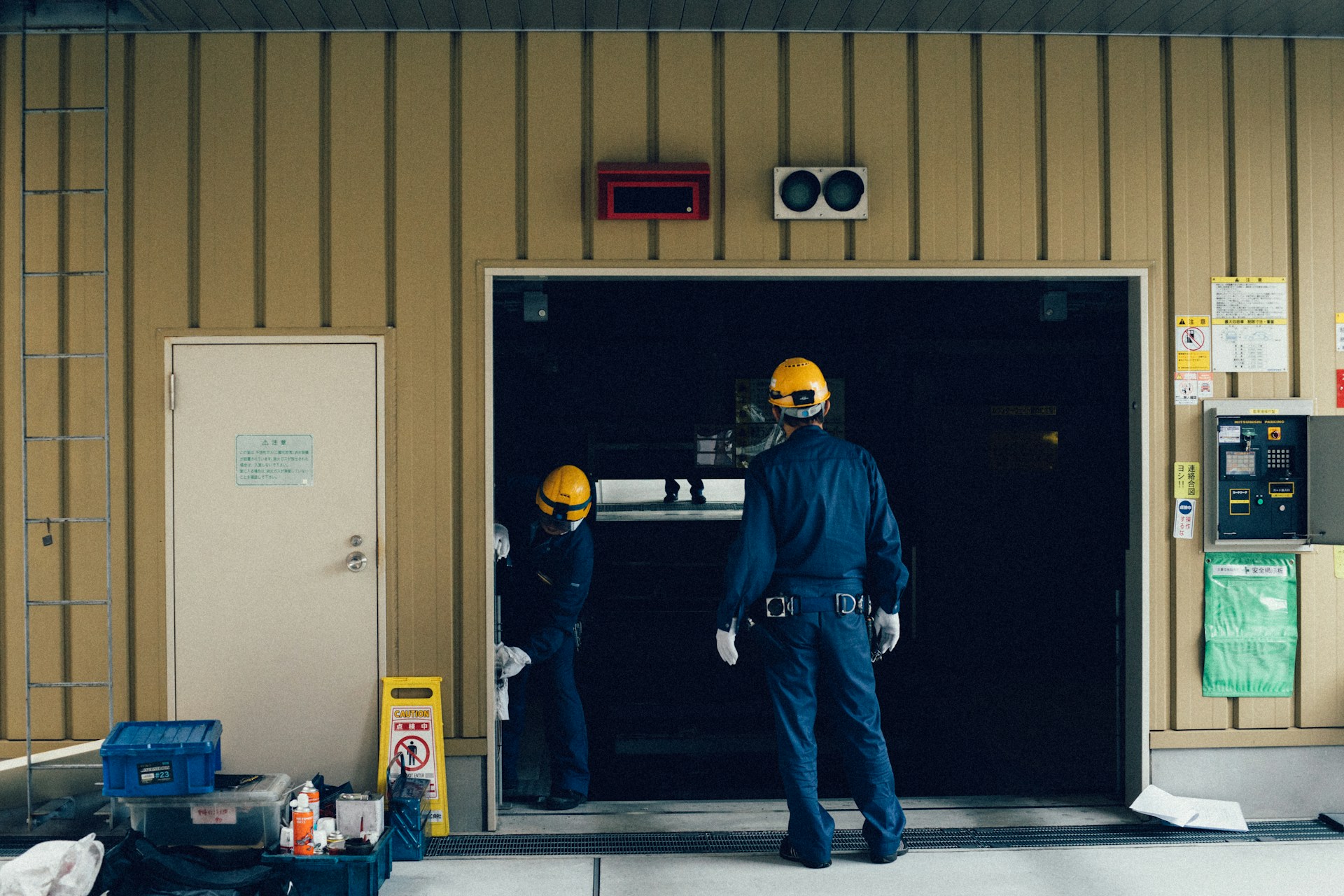
Tech innovations, employee training, and AI are all methods being used to improve health and safety in Manufacturing.
Employee health and safety are critical for all workplaces, but manufacturing is a high-risk industry. Dangerous equipment, mental strains and environmental stressors take a toll on the body and mind, requiring employers to enforce stricter wellness protocols and safety regulations. Modern industry is dedicating more focus to better working conditions, and these are some of the most impactful ways the goal is coming to fruition.
The Importance of Employee Health and Safety in Industry
Protecting employees in industrial and manufacturing sectors is vital for many reasons. The work is challenging, leading to high turnover rates, compliance issues and numerous incident reports. Reduced productivity, as workers get hurt or sick, compounds the legal and financial ramifications.
Improving conditions will establish a new reputation for manufacturing. Workers will experience greater loyalty and peace of mind as more companies pay attention to it. Eventually, the negative associations will dissolve, giving people more confidence in choosing manufacturing as a career.
Stakeholders have invested significant time and energy into conventional and innovative techniques. To create a comprehensive safety plan, they must incorporate several of them.
Ergonomics Programs and Equipment
Musculoskeletal injuries and chronic pain are frequent issues in manufacturing. Machines could be more accommodating and comfortable, especially for people with different abilities or preexisting conditions.
Companies can create ergonomics programs and replace uncomfortable machinery with alternatives. Peripherals also exist to make functionality more accessible. Organizations can start this process by interviewing employees on the most painful processes and equipment. Then, they can undergo workstation design, reassign employees to different tasks and offer ergonomic tools.
Job Hazard Analyses (JHAs)
JHA is one way stakeholders can identify the best growth opportunities for employee health and safety programs. It discovers the most prominent and threatening hazards to reduce accidents. Implementing solutions should happen based on the most notable dangers to staff, whether poor personal protective equipment (PPE) care or falling from heights.
The first step is to observe workers in each manufacturing zone, as some departments are under unique stressors. For example, chemical makers worry about toxic fumes and air quality, while warehouse staff have temperature control and heavy equipment to navigate. Process discovery informs the best actions to take for each workflow.
Lockout/Tagout (LOTO) Protocols
Manufacturers often expose themselves to hazardous energy, including hydraulic, electrical and everything in between. Safety regulators know these forces are some of the most threatening concerns in the sector, providing thorough guidelines for preventing their medley of side effects.
Every employee interacting with energy, chemicals and more needs to know how to cut power during emergencies or maintenance. Many LOTO-related incidents occur due to negligence or unawareness, so reinforcing a safety culture will make the tedium of LOTO responsibilities less frustrating for workers.
Machine Guarding
Saws, CNC machines, presses and laser robotics all need guards. Every piece of equipment must incorporate a guard to prevent severe abrasion, lacerations or amputations. Guards vary based on application, but they can be self-adjusting or fixed to avoid the likelihood of temporary or permanent disability. Complement guards with sensors, so equipment can identify when workers are in dangerous zones, triggering an emergency stop response.
Safety Light Curtains
Light curtains use infrared beams to notify employees when they are about to enter an unsafe work zone. Tripping the light will issue a safety response, stopping machinery. These are ideal supplements to other efforts because they can prevent injuries before staff interact with machinery or heavy equipment, especially if there are fast-moving parts.
Pollution Control
A facility’s air quality is constantly in flux, whether from perfumes or cardboard debris. Areas without temperature regulation, poor insulation or minimal ventilation suffer even more. Every contaminant requires curated measures. For example, dust requires industrial-grade air filters. Silica dust affects millions of employees, requiring light spectrometry to notice before it causes issues like lung cancer or kidney disease.
Digitally transformed enterprises could also leverage smart air quality monitors to oversee pollutant trends. The data would inform future investments in other contaminant-controlling technologies.
Real-Time Monitoring With Artificial Intelligence (AI)
AI is an indisputable force in every sector and can enhance health and safety programs. Algorithms can empower machines, sensors, cameras and more to make them the perfect data stores. As they gather insights, companies can learn more about the influences causing safety concerns, even if they seem inconsequential.
AI can also point out anomalies, which is crucial for editing safety plans. Focusing on one severe incident is critical to preventing similar events from happening in the future. Still, the data can also prove the likelihood of it happening again compared to historical data. Data clarity and visualizations encourage greater prioritization when crafting employee-focused protective measures.
Predictive Analytics and Maintenance
AI and other technologies can also use collected information to suggest how health and safety trends change in manufacturing. It can compare internal data with market information, informing stakeholders how their operations compare to competitors. Knowledge-sharing is critical for inspiring other corporations to try new safety approaches.
Additionally, AI can show how effective current initiatives are. The data can prove how well a project works, showing steadily reducing numbers in incident report types. However, it can also show when a new threat is rising, signifying a need to adjust training schedules or issue warnings to individual employees.
The insights are also crucial for stopping machine-specific injuries. Predictive analytics notices issues in machinery before humans can with manual inspection. Mitigating catastrophic failures is one of the best ways to eliminate some of the worst safety problems. It has helped even some of the most dangerous plants, including nuclear power companies and aerospace organizations.
Employee Training and Safety Meetings
Manufacturers constantly attempt to eliminate downtime and maintenance in favor of productivity and output. However, the data may show that safety incidents and health concerns rise when employees dedicate minimal time to safety training and awareness. Education is crucial for helping staff recognize hazards in the field.
Training also reminds employees how to communicate with management about problems. They will know how to fill out incident reports, who to contact if something happens and how to isolate the problem to prevent others from getting injured. Safety meetings can cover the basics of PPE, a refresher on LOTO protocols and updates about safety compliance. They ensure everyone is on the same wavelength, establishing greater consistency among large teams.
The Urgency of Industrial Employee Health and Safety
Traditional safety protocols are becoming more effective with modern inclusions. They work synergetically to provide employees with some of the most holistic care and attentiveness. Stakeholders must reimagine their protective programs to protect a workforce burdened by countless stressors. Doing so could preserve corporate stability and ensure competitiveness, while adjusting the greater manufacturing industry to pride itself on employee well-being.
Was this news helpful?







 Yes, great stuff!
Yes, great stuff! I’m not sure
I’m not sure No, doesn’t relate
No, doesn’t relate



